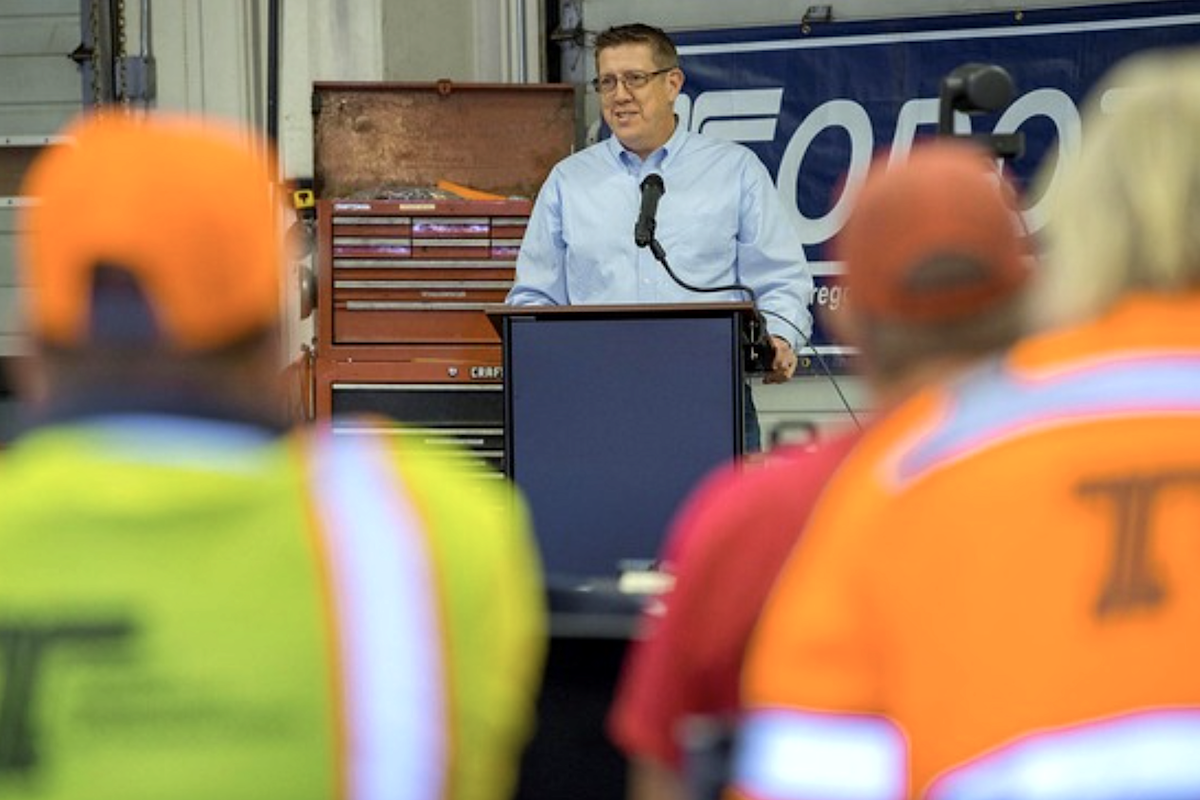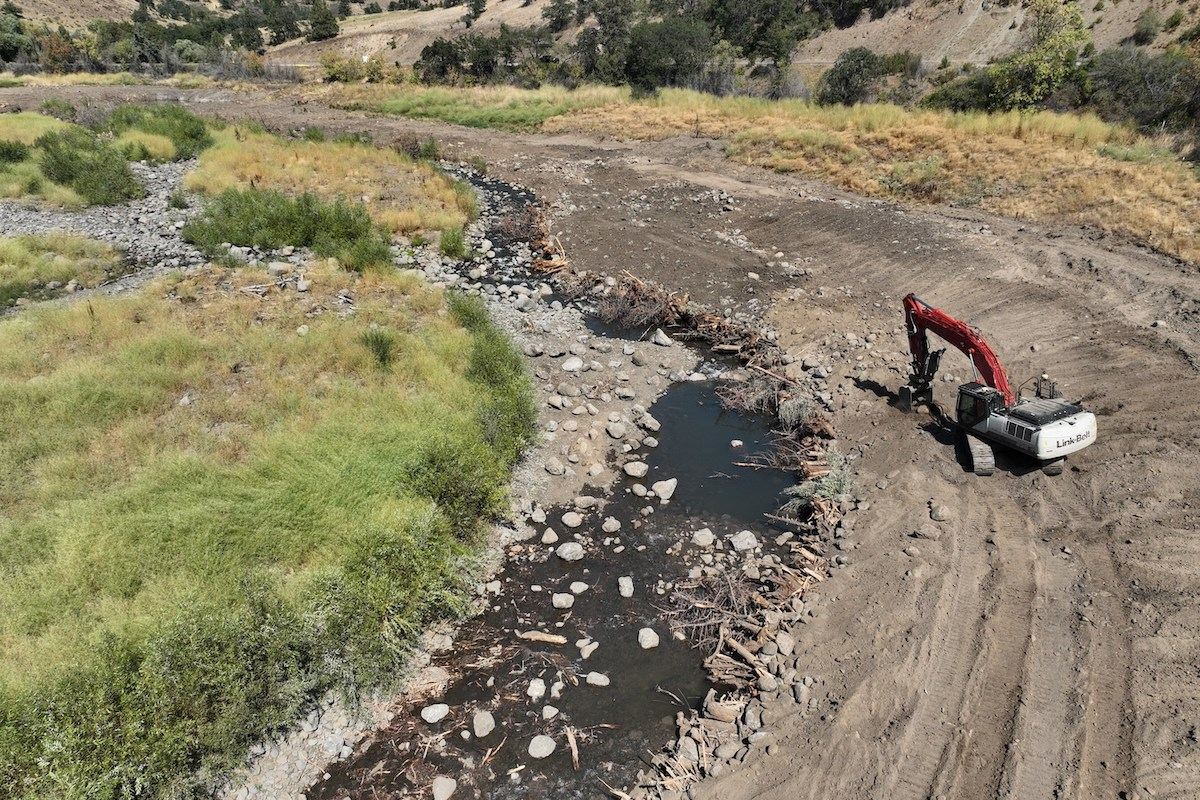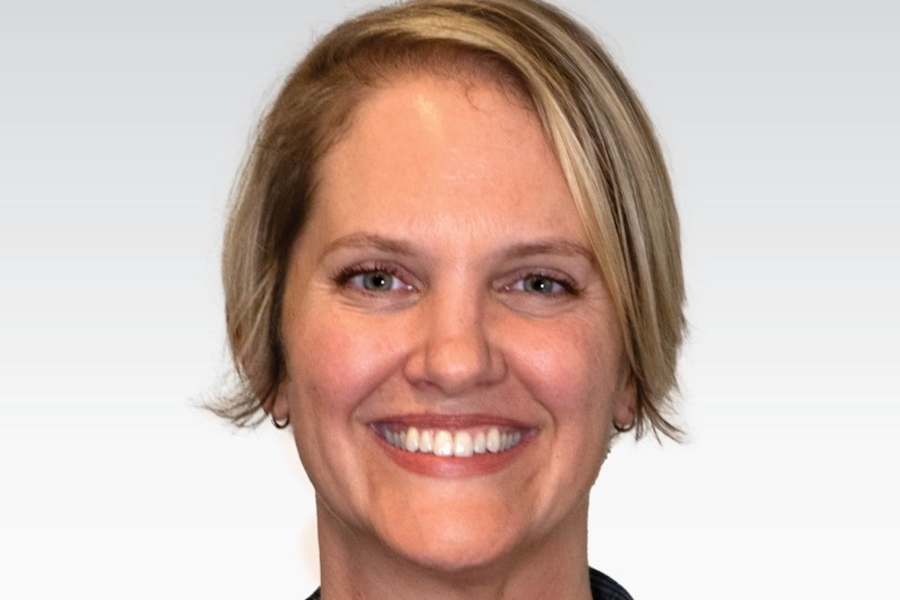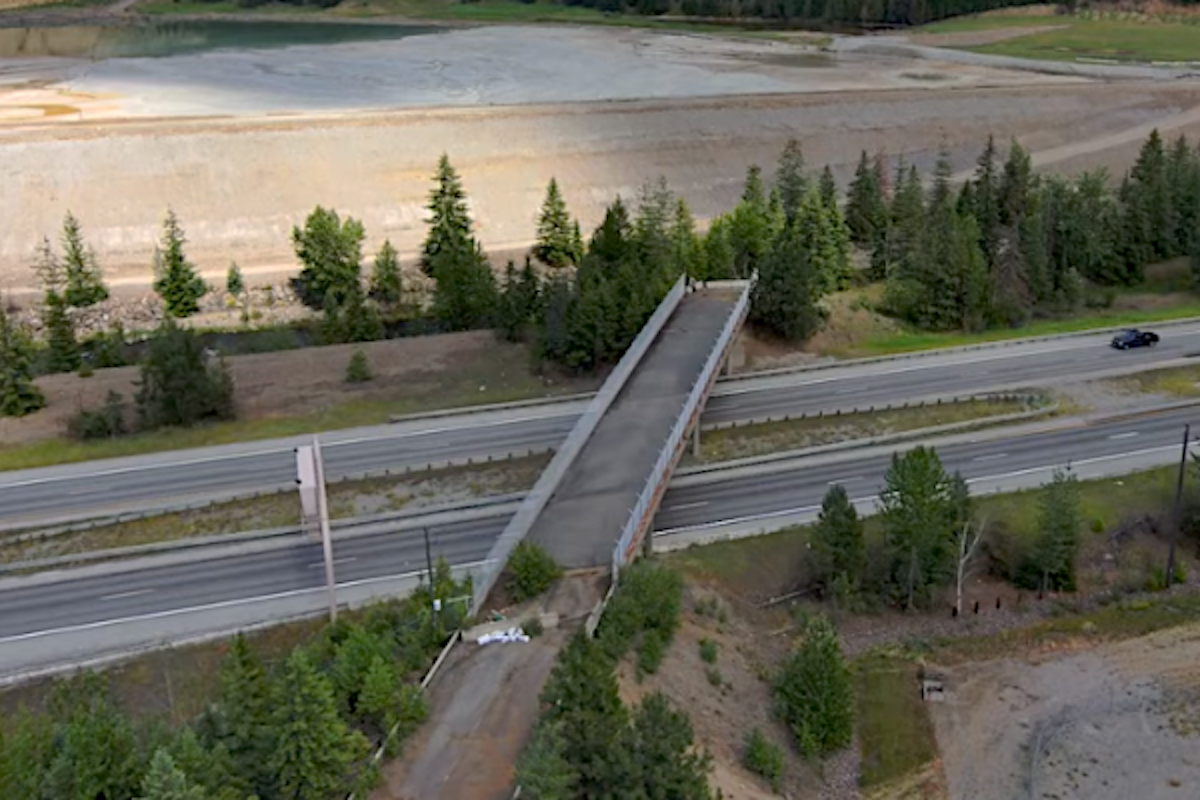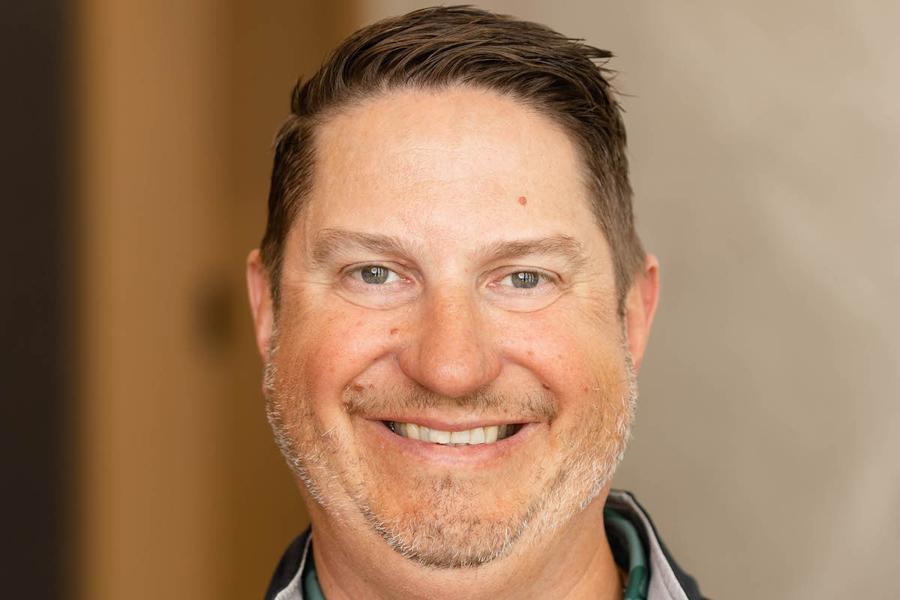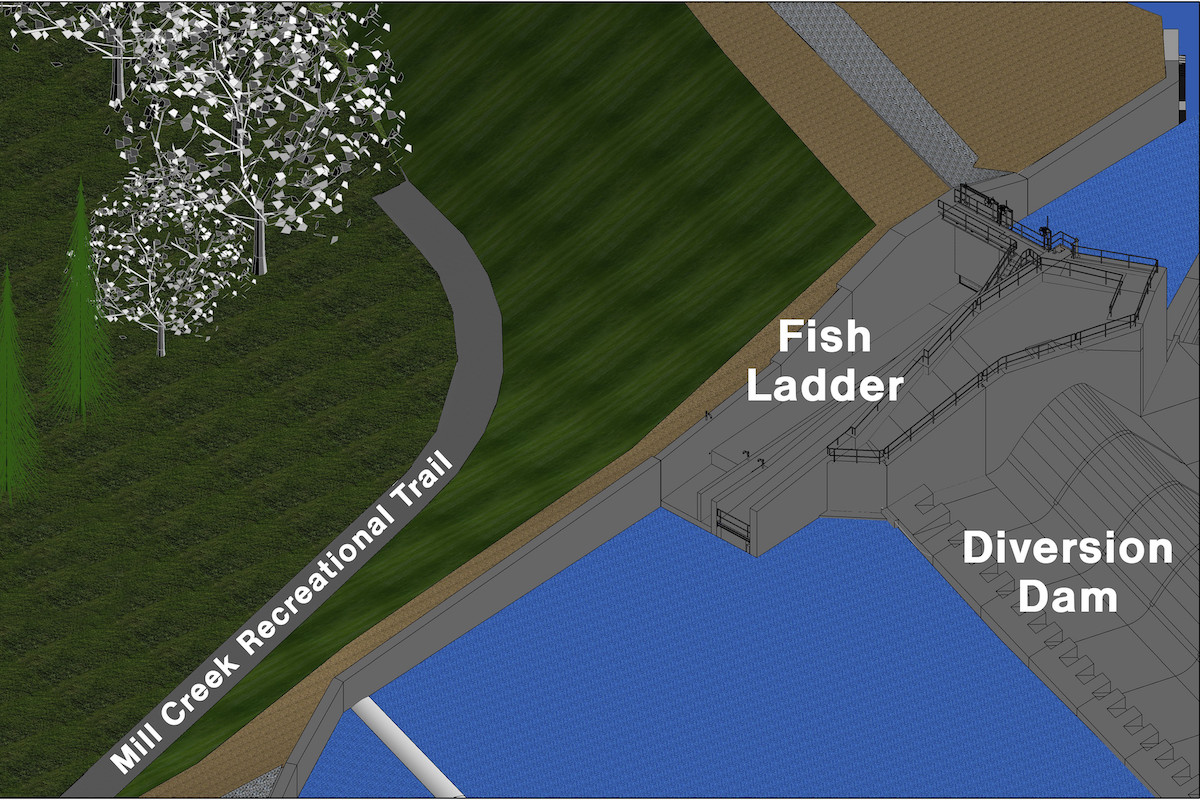First and foremost, safety training and systems should be geared toward the types of tools and equipment workers will be using. Additionally, the most common risks identified by OSHA should always remain front and center:
- Electrocution, fire, and explosion
- Chemical exposure
- High-pressure line bursts
- Falls
- Sprains, strains, and fractures
- Injuries in confined spaces
- Heat or cold stress
- Worker fatigue
In addition to focusing on the “what,” safety managers must also think about the “when” and “how.” Good safety training is more than just the subject matter. The style and timing of the training are what help make it stick. Likewise, good worksite protocols factor in the varying jobsite conditions utility workers face.
“Leaders can be looking ahead at their training calendars,” says Monica Rakoczy, Owner of EnterTRAINING Solutions, a training organization whose methods include traditional classroom training supplemented with hands-on group exercises. “Determine which trainings are required and what else is necessary. Then you can book those trainings and get them on the calendar.”

| Your local Metso Minerals Industries Inc dealer |
|---|
| PacWest Machinery |
| Westate Machinery Co |
That said, companies can still leverage new technologies to enhance their training efforts – especially for the younger segment of the industry’s evolving workforce. Speaking of line marking, this leads to a recent trend in the industry that utility contractors need to pay close attention to.
“Short of taking control of part of the locating process themselves, there really is no easy solution for contractors,” says Mike Parilac, Founder of Planet Underground, a knowledge-sharing organization focused on underground utility damage prevention, and Staking University, a provider of locating equipment training courses.
As locating logjams get worse, some contractors feel forced into doing their own locates. That is usually not a good idea and perhaps illegal in some states. Nonetheless, facing derailed production schedules and eroded profit margins, some contractors decide to roll the dice and see if they’ll get fined. But rolling the dice on getting a fine is very minor compared to the risk of hitting a line. That is why Parilac says some contractors are starting to take more control of the locating process. There are a couple of ways they’re going about it.
“More contractors are employing their own locating crews,” Parilac says. “There are added costs to equipping and training your own crews, but there are also many advantages. Crews are being trained on how to verify 811 marks as well as locate existing utilities.”
The other option is to hire a private locating company to verify marks on the ground, provide depth information, locate private lines, and sometimes even collect points and produce maps – all of which are beneficial on larger projects.
“One area is PPE,” Rakoczy says. She has been in the construction/utility industry for over 20 years. For many years, women often had to wear the smallest size of men’s boots because that’s all they could find in the store. But wearing the wrong size boot creates a safety risk.
“Nowadays, the utility industry can expand its horizons because there are a lot of great companies out there that are expanding their offerings of women’s PPE and workwear,” Rakoczy points out. It’s everything from smaller sizes to tighter fits that are more tailored to the female body.
“There are also more options for women who are pregnant,” Rakoczy adds. “For example, some companies are developing zip-in panels for hi-vis vests because going to an overall larger vest is unsafe and doesn’t make sense.”
For instance, there are mobile apps that can help determine if an individual is “mentally available for work” on a given day. Rakoczy likens them to the “brain games” a person may also play on their smartphone. AlertMeter is one example. After using the app for a short time, the app establishes a baseline for that user. Then when the user is about to embark on a specialized work task, they will log back in to complete a test. Based on the result, the app can help determine if the person is mentally sharp at that point in time.
Beyond a temporary loss of mental acuity, Rakoczy reminds us that there is a startling reality about our industry. While suicide is a nationwide problem, it impacts the construction/mining/utility industry at a significantly higher rate. Fortunately, there are a lot of great ideas for managing mental health.
“One of the simplest, yet really effective things I’ve seen a company do is hang up mental health posters,” Rakoczy says. But rather than hang the posters on the breakroom bulletin board, the company hangs them in the portable bathrooms on jobsites. “When someone is struggling, they don’t always want someone else to know. So giving them this information in a private place makes the information much more accessible,” Rakoczy says.
###
About The Utility Expo
The Utility Expo is the largest event for utility professionals and construction contractors seeking comprehensive insights into the latest industry technologies, innovations and trends. The biennial trade show, known for equipment test drives and interactive product demonstrations, takes place in Louisville, KY. The next edition will be September 26-28, 2023.
About the Association of Equipment Manufacturers (AEM)
AEM is the North America-based international trade group representing off-road equipment manufacturers and suppliers with more than 1,000 companies and more than 200 product lines in the agriculture and construction-related industry sectors worldwide. The equipment manufacturing industry in the United States supports 2.3 million jobs and contributes roughly $316 billion to the economy every year.


















